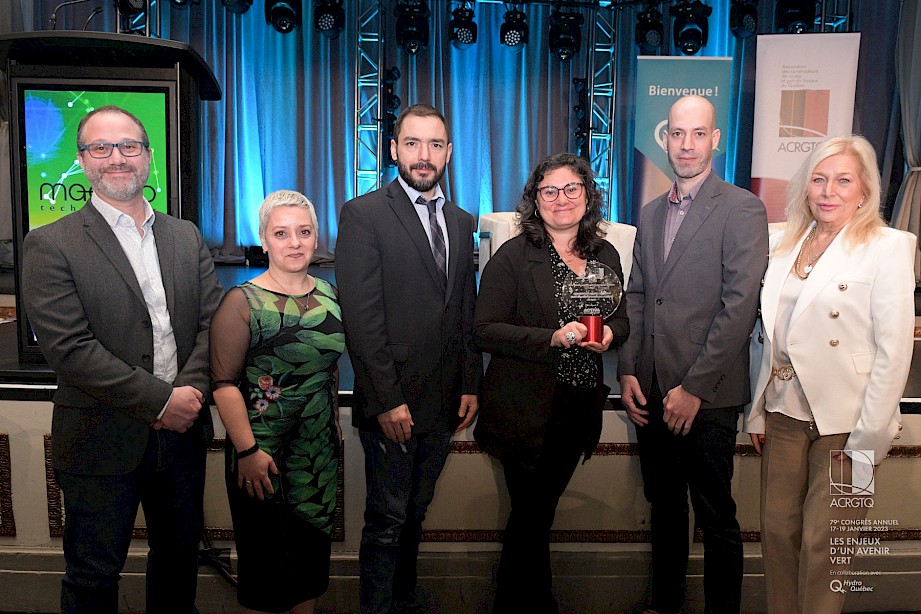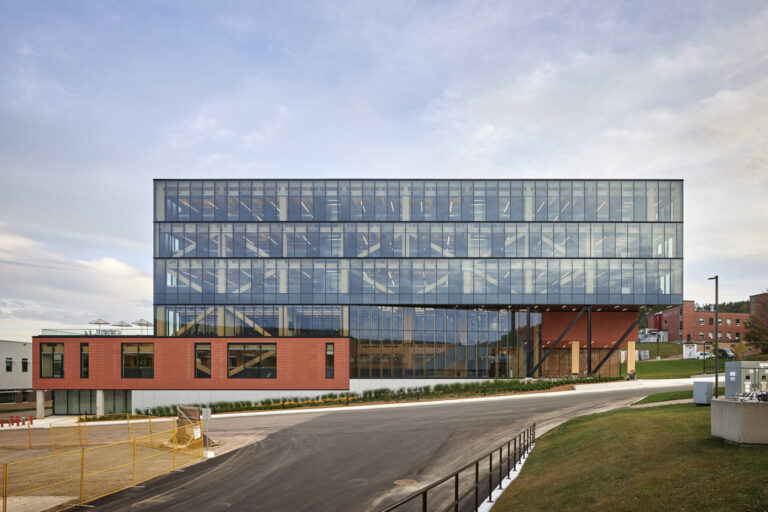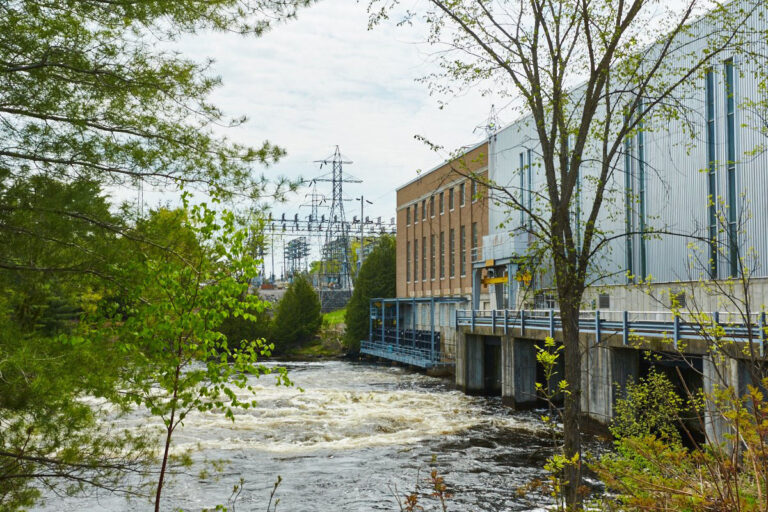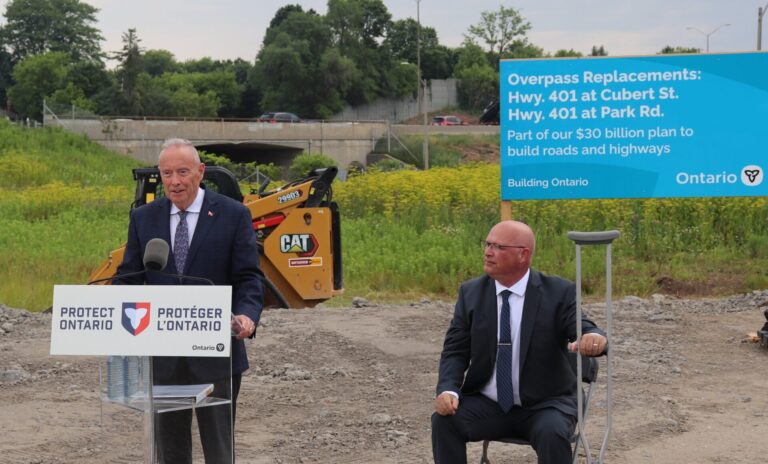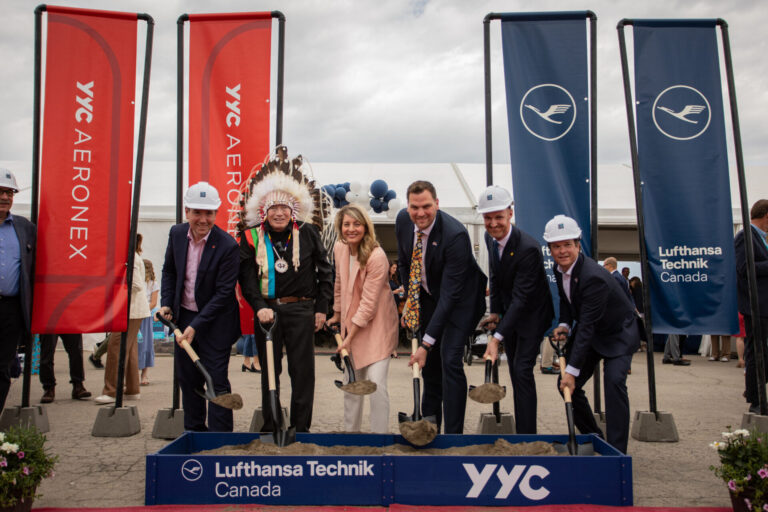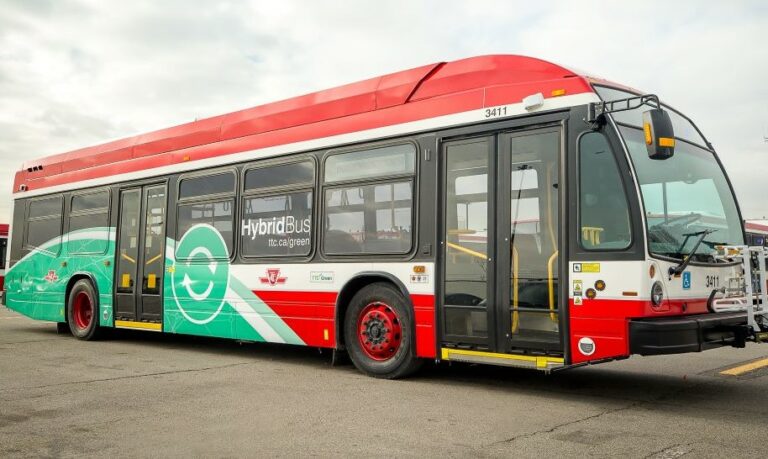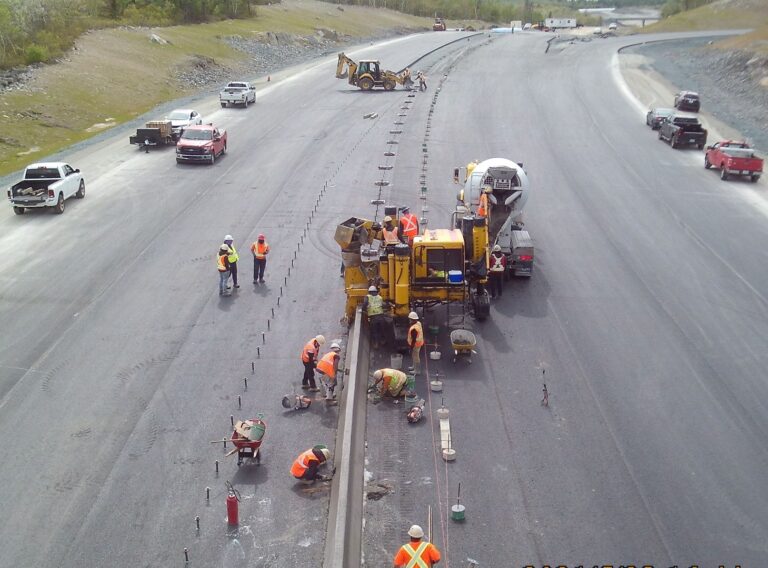Jacques Cartier and Champlain Bridges Incorporated (JCCBI) and Nouvel Horizon Saint-Laurent G.P. (NHSL) received the road engineering award in sustainable development from the Association des constructeurs de routes et grands travaux du Québec (ACRGTQ).
This recognition honours excellence in innovative practices by entrepreneurs to protect the environment and preserve natural resources as a way to uphold sustainable development. The award also aims to educate everyone working in civil and road engineering about the importance of integrating sustainable development into their activities.
For this project, JCCBI implemented innovative measures to meet and exceed the highest sustainability standards with the goal of recovering over 90 per cent of the 287,000 tonnes of materials generated by the project.
Thanks to the ongoing work of the entire team, the project to deconstruct the original Champlain Bridge has become a go-to model for an innovative, prosperous, and environmentally and socially responsible economy.
Carried out by the Nouvel Horizon St-Laurent group (formed by Pomerleau and Delsan AIM) in collaboration with JCCBI, this major project stands out for the implementation of numerous innovative measures aimed at meeting, and even exceeding, the highest standards. in terms of sustainable development.
Although the contract requires a material recovery rate of at least 80%, the team is committed to achieving a higher rate than that required by the contract: Nouvel Horizon St-Laurent aims to recover the all of the steel, 95% of the mass of concrete and 90% of the total mass of materials generated by the work, including construction waste.
Its program also requires the local recovery of materials via Quebec or Ontario buyers, even if the contract allows them to be transported outside of Canada . This aims to reduce the distance traveled by trucks as much as possible, and therefore the greenhouse gases (GHG), and also to benefit the Quebec economy. Moreover, Nouvel Horizon St-Laurent uses a computerized traceability system that is adapted to the reality of the project and that guarantees the reintegration of materials into the value chain.
In addition, Nouvel Horizon St-Laurent also puts a lot of emphasis on minimizing the carbon footprint of the work by optimizing the transportation of materials, which is one of the main sources of GHG emissions on the project. Concretely, this is made possible thanks to the use of barges which, on each trip, transport much more material than a truck. It should be noted that all the GHGs of the project are accounted for and that those emitted during the work will be offset in order to make the site carbon neutral.
As the deconstruction of this 3.4 km infrastructure was going to generate an impressive volume of materials to be managed offsite, i.e. 287,000 tons, the multidisciplinary team of JCCBI identified, from the planning stage, initiatives aimed at reducing the environmental footprint of the project and has also incorporated requirements in terms of deconstruction, environmental protection and material recovery, in particular, into the procurement documents.
Organized jointly by Constructo and the ACRGTQ, the Génie-voirie en développement durable award aims to raise awareness among all Quebec players in the civil engineering and roadwork sector of the importance of carrying out their activities while taking into account the challenges of sustainable development aimed at to create an innovative and prosperous, ecologically and socially responsible economy.
Featured image: (L to R) Jean-François Hudon, director, Activia Environnement; Anik Girard, executive director, Constructo; Simon Hébert, assistant project manager, NHSL; Audrey Atwood, sustainability and stakeholder specialist, JCCBI; Timothee Ostiguy, environmental director, NHSL; and Gisèle Bourque, executive director, ACRGTQ. (ACRGTQ)

